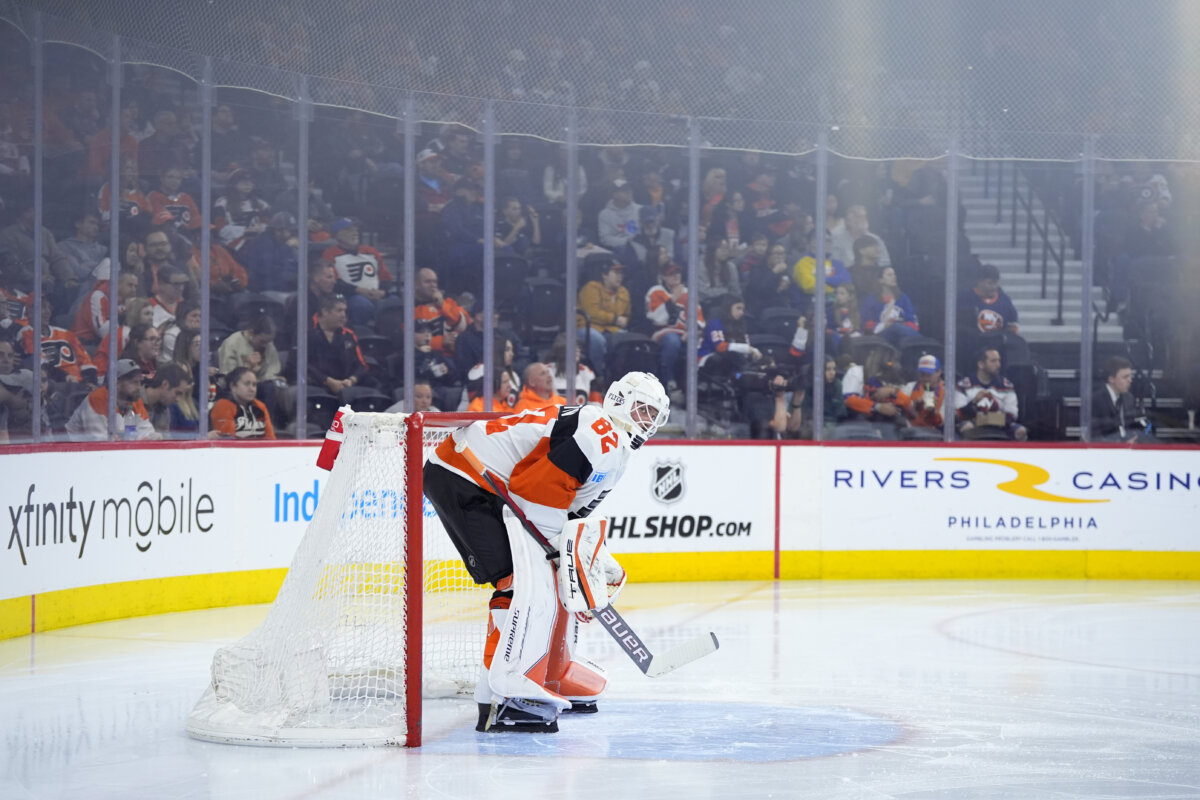julia dimon for metro toronto
Japan’s national sport is sumo wrestling, and championships take place throughout the country. This event took place at the Osaka Prefectual Gymnasium.
Dressed in thong loincloths, hair slicked back into tight buns, two obese Japanese men were locked in a cellulite-riddled embrace.
Out of context, the scene may have looked like a homoerotic ballet of fatty flesh, but in Japan, cheering half-naked men as they wrestle each other is a long-held tradition.
I visited my very first sumo match in Osaka, the former Japanese capital located about 500 kilometres from Tokyo.
I bought tickets, entered the Osaka Prefectual Gymnasium and scanned for my seat. There was a healthy crowd of fans, all-Japanese, seated cross-legged on floor cushions. Some cheered for their favourite wrestlers, others nervously lit menthol cigarettes and nibbled on snacks they had brought from home.
It was a close match and tensions ran high. I found my cushion, removed my shoes (as is Japanese custom) and plopped down, eager to watch overweight athletes spar for the championship title.
As a sumo newbie, I knew nothing about Japan’s national sport. I browsed the free English handbook given to me with my ticket for a quick sumo summary:
-
Sumo wrestlers are called “rikishi.” Their combat takes place in a raised circular, sandy ring called a “dohyo.” A gazebo-like roof with large dangling tassels hovers high above.
-
A rikishi’s goal is to either force his opponent out of the circle or make his opponent touch the circle floor with a body part other than his feet.
-
Punching, hair pulling and Jerry Springer-style scraps are strictly forbidden.
-
Rikishi fight one opponent per day. Unlike boxing, there are no rounds. No best two-out-of-threes, no second chances. Over the course of the tournament, the rikishi who has won the most matches will take home the coveted “Emperor’s Cup” trophy.
I looked up from my sumo guide and studied the ring. A new round of ceremonial pliés and squats was about to begin.
Each rikishi took turns throwing handfuls of salt into the ring. According to my guide book, this tradition both purifies the athlete and protects against injury.
They rubbed down their chests and underarms with a moist cloth before lifting each of their thunder thighs and slapping them hard with an open palm. A few more leg lifts, plies and squats before the beasts walked to the heart of the dohyo and faced each other. Hunched over like hairless pandas, the wrestlers locked eyes.
Upon the ref’s signal, the two rikishi lunged. Struggling to gain hold of their opponent’s belt, they waltzed around the ring, grabbing at each others’ flesh. After only a few seconds, one wrestler lost his balance and tumbled clumsily outside of the dohyo. The fight was over. The crowd cheered as the last man standing was declared winner.
Compared to heavyweight boxing showdowns, no-holds-barred ultimate fighting or Thai kickboxing, sumo looked tame.
But while sumo packs a pacifist punch, you’ve got to give it some credit: any sport that can both preserve ancient tradition and showcase monster men in tiny thongs is cool by me.
Julia Dimon is editor of The Travel Junkie, an online magazine for independent travellers. She can be reached at www.thetraveljunkie.ca.
| Julia’s Trip |
|
















